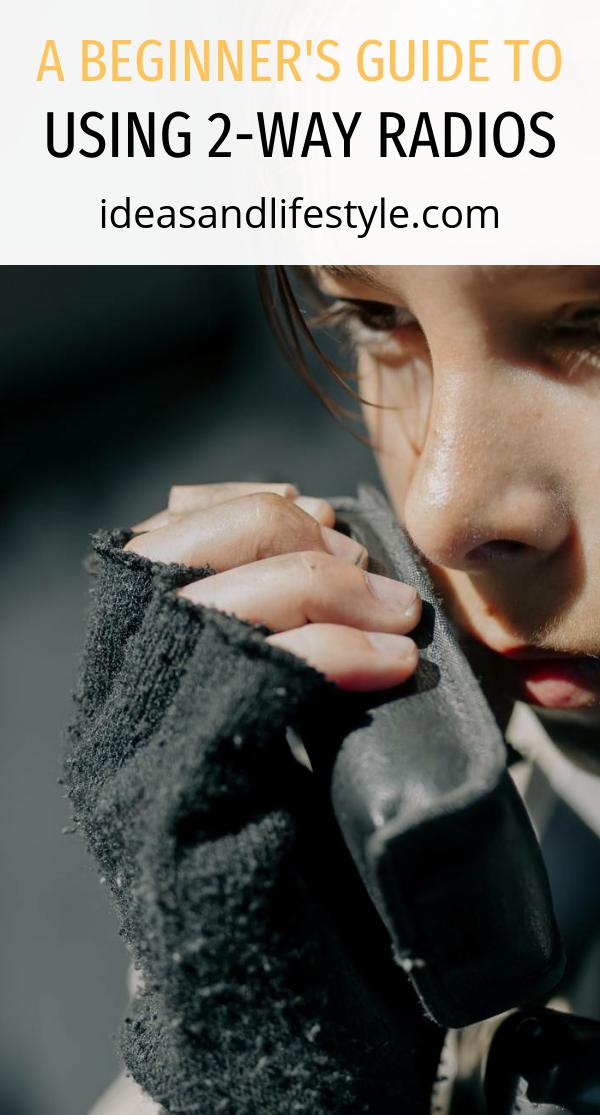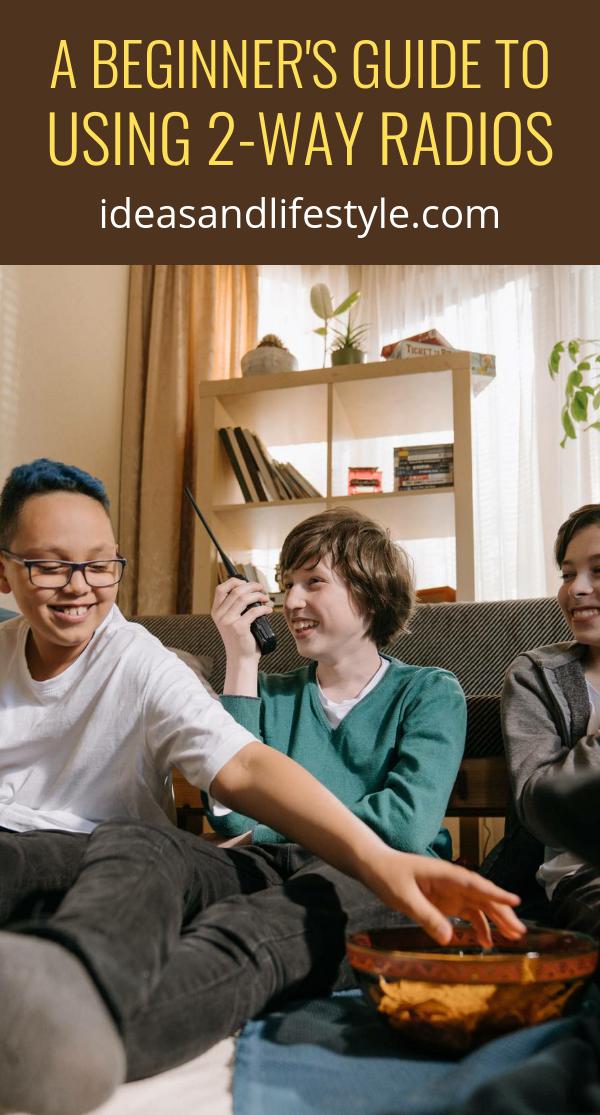A two-way radio is a device that transmits and receives voice signals through the air. They work somewhat like a telephone, but since they do not require a central network they can be used anywhere! With two way radios, two or more people can have a discussion no matter where they are — sometimes while they are miles apart! Another common name for a two-way radio is a ‘walkie talkie’.
The most common type of two-way radio for regular consumers is the FRS/GMRS two-way radio. These are the radios that you typically see in the big-box stores. FRS and GMRS are the different frequency ranges, or channels, that these radios can operate on. The FRS channels are 8 through 14 and the GMRS channels are 15-22. Channels 1 through 7 are shared and are used by both the FRS and GMRS systems.

All radios in your group will need to be set to the same channel before you can communicate. For example, if your radio is set to channel 7 it will send your voice over that channel when you talk, and it will listen for and allow you to hear other people talking on channel 7. It is always important to remember that these channels are public! Always be careful what you say over a two-way radio because you can never be sure who is listening.
When choosing a channel, privacy and range should be your primary concerns. If you are using an FRS-only channel, because of government regulations your radio will only broadcast at a maximum of .5 watts of power. This wattage will typically get you between half a mile, and one mile of range. If using a GMRS channel, you can get the maximum output power and range out of your two-way radio. However, if you are using a GMRS channel, you are required by the FCC to purchase a license to operate on those frequencies.
As far as privacy goes, if you choose a channel and notice that there are others using the same channel, you should switch to a different channel to avoid confusion. Sometimes, such as at a crowded amusement park, 22 channels just aren’t enough to provide privacy. Because of this, most mid-range radios and up also provide ‘Privacy Codes,’ which break up a single channel into anywhere between 38 and 121 sub-channels. When you figure in the privacy codes, many radios offer over 1000 individual channels for you to choose from.
Some two-way radios operate on AA or AAA batteries. You will also find that many of the radios come with rechargeable battery packs and desktop chargers. If you buy a model with a rechargeable battery pack, you will get the convenience of the rechargeable batteries and plus, you will still be able to operate them with regular batteries if your battery packs happen to drain before you get them back to their chargers.
There are many good uses for a two-way radio, but they can come in especially handy on family vacations or outings. Have you ever taken a trip to an amusement park or a ski trip and somehow got separated from your friends or family? A two-way radio would have been very helpful to locate one another. How about taking more than one car on a road trip? A two-way radio would be a great means of communication between vehicles.
Another popular sport in which two-way radios can play a big part is hunting. Hunters are always in need of some sort of communications device to keep in contact with one another throughout the woods. The avid hunter can now even find two-way radios in camouflage color!

The major brands of two-way radios include Motorola, Cobra, Midland, Kenwood, and Uniden. You can find radios from these manufacturers in all different ranges of output power and distance. There are all different types of features out there you can get with your two-way radios as well. Many two-way radios even support the NOAA weather channels. There are also lots of accessories you can find for your two-way radios including headsets, handheld speakers, earbud receivers, and throat mics. A lot of these you can even operate hands-free as long as they, and the radios, are VOX capable. You can now even buy car chargers for your two-way radios!
It is no doubt that two-way radios have come along way over the years. Most people have found them impossible to live without, just like cell phones! From starting out at a maximum range of about 2-5 miles, you can now find them with maximum ranges of up to 14 miles! Next time you are on the go with friends or family, make sure you’re prepared and take a two-way radio along. They may just prove to be pretty handy.





